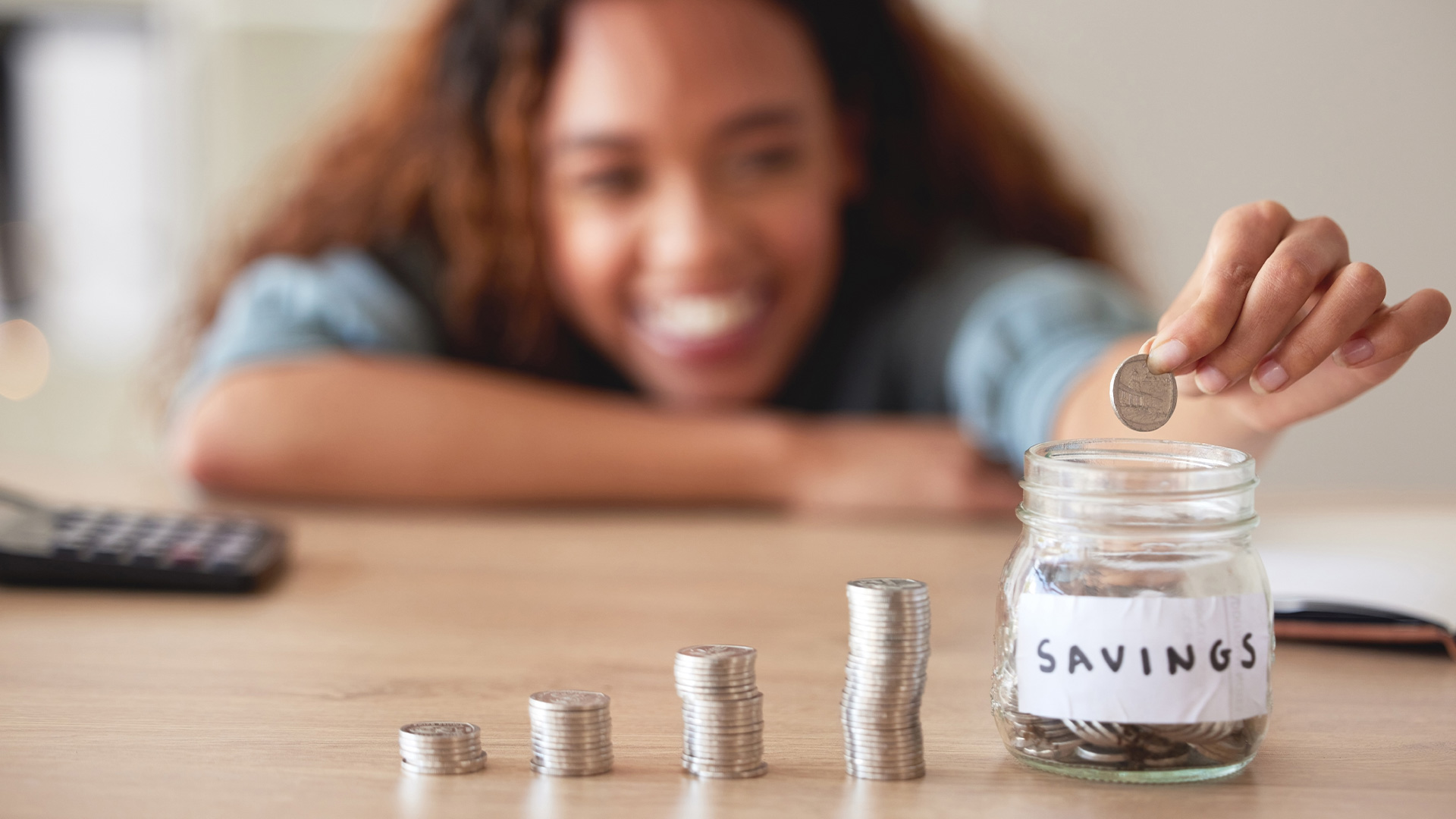
The Dopamine Behind Impulse Buys--Explained Simply
You walk past a sale sign. Suddenly, you're holding a new jacket you didn’t plan to buy. It feels exciting--maybe even a little thrilling. That instant rush? That’s dopamine at work.
You set a budget. You swear you’ll stick to it. Then you walk into Target for toothpaste and walk out $86 later with candles, snacks, and a throw pillow. Overspending isn’t always about willpower. In fact, it’s often the result of invisible forces working in the background--habits, emotions, even your environment.

You set a budget. You swear you’ll stick to it. Then you walk into Target for toothpaste and walk out $86 later with candles, snacks, and a throw pillow. Overspending isn’t always about willpower. In fact, it’s often the result of invisible forces working in the background--habits, emotions, even your environment.
To stop overspending, you need more than a spreadsheet. You need to understand why it happens and how to design your habits, environment, and mindset to make smarter decisions easier.
Here’s what really causes overspending--and what you can do to outsmart those patterns.
Most overspending isn’t logical. It’s emotional.
Stress, boredom, loneliness, frustration--these feelings all push us toward spending as a form of relief or distraction. Shopping becomes a coping mechanism. You’re not buying something because you need it. You’re buying it because it feels good, even if just for a moment.
Start by noticing when overspending happens. Is it after a bad day? When you're avoiding something? When you're comparing yourself to someone else on social media?
Once you start connecting spending with emotion, you can interrupt the cycle.
Online shopping and contactless payment systems make spending frictionless--literally. You can spend hundreds of dollars without ever taking out your wallet or seeing cash leave your hand.
This convenience lowers your brain’s “pain of paying” signal. You don’t feel the loss in the same way, which makes it easier to overspend.
Try adding a little friction:
Making spending just slightly harder gives your brain more time to reconsider.
Retailers spend billions designing environments that get you to buy more. Bright lights, curated music, limited-time offers, and impulse items near the register all work together to nudge you toward spending.
At home, your environment matters too. If your phone is filled with shopping apps and your inbox overflows with sales emails, you’re more likely to browse out of habit.
Take control of your surroundings:
Your space should support your goals--not constantly tempt you away from them.
A vague goal like “spend less” rarely works. Your brain needs structure.
Instead of saying “I’ll spend less on food this month,” give yourself clear boundaries: “I have $150 for dining out this month, $75 for coffee, and $300 for groceries.”
Then track it with an app or on paper--whatever works for you. The visual feedback helps regulate your spending, and the structure gives you something concrete to follow.
Boundaries don’t have to feel restrictive. They give you clarity and reduce decision fatigue.
Your brain is wired to seek rewards. Every time you make a purchase and feel good, your brain releases dopamine--a feel-good chemical. Over time, this reward loop becomes automatic. You feel the urge, make the purchase, feel a rush, and reinforce the behavior.
This is why “treating yourself” can turn into a habit.
To change it, you need a new reward system. Replace the spending with something that delivers a similar feeling without the financial consequences:
You’re not removing the reward--you’re rerouting it.
We all want to belong. And in today’s world, that often means keeping up with trends, influencers, or even friends with different financial situations.
It’s easy to overspend to fit in--on clothes, events, gadgets, or even home decor. But what looks like connection is often comparison in disguise.
Practice pausing when you feel the pull to spend based on someone else’s life. Ask: “Would I want this if I never saw them post about it?”
That one question can save you hundreds.
Most people swipe or click without thinking. The decision happens in seconds. That’s a problem.
Build a “pause” into your spending habits. Some ideas:
This space helps short-circuit impulse and bring awareness back into the equation.
A budget created on the 1st and ignored for 30 days won’t help much. If you don’t look at your numbers regularly, you lose connection with reality.
Build a 5-minute habit of checking your spending every few days. Use an app, your bank account, or a whiteboard. The key is that you see the money flow.
What’s visible becomes manageable.
Many people overspend because of internal scripts they learned growing up:
These beliefs operate quietly but powerfully. Identifying them helps you rewrite them.
You can replace “I deserve to treat myself” with “I deserve financial peace.”
Without a clear picture of what “enough” is, there’s always another thing to chase. Another sale. Another outfit. Another tech upgrade.
Define your version of “enough.” What makes you feel content? Comfortable? Taken care of?
Once you know that, it’s easier to say no to things that don’t move you toward it.

You walk past a sale sign. Suddenly, you're holding a new jacket you didn’t plan to buy. It feels exciting--maybe even a little thrilling. That instant rush? That’s dopamine at work.

Ever found yourself scrolling through an online store after a tough day? Or swiping your card for something you didn’t plan to buy, just because you felt off? That’s emotional spending in action. And it’s more common--and more powerful--than many people realize.

Saving money isn’t exactly exciting. For most people, it feels like a chore--something you “should” do, not something you actually want to do. But what if you could rewire your brain to enjoy saving just as much as spending?